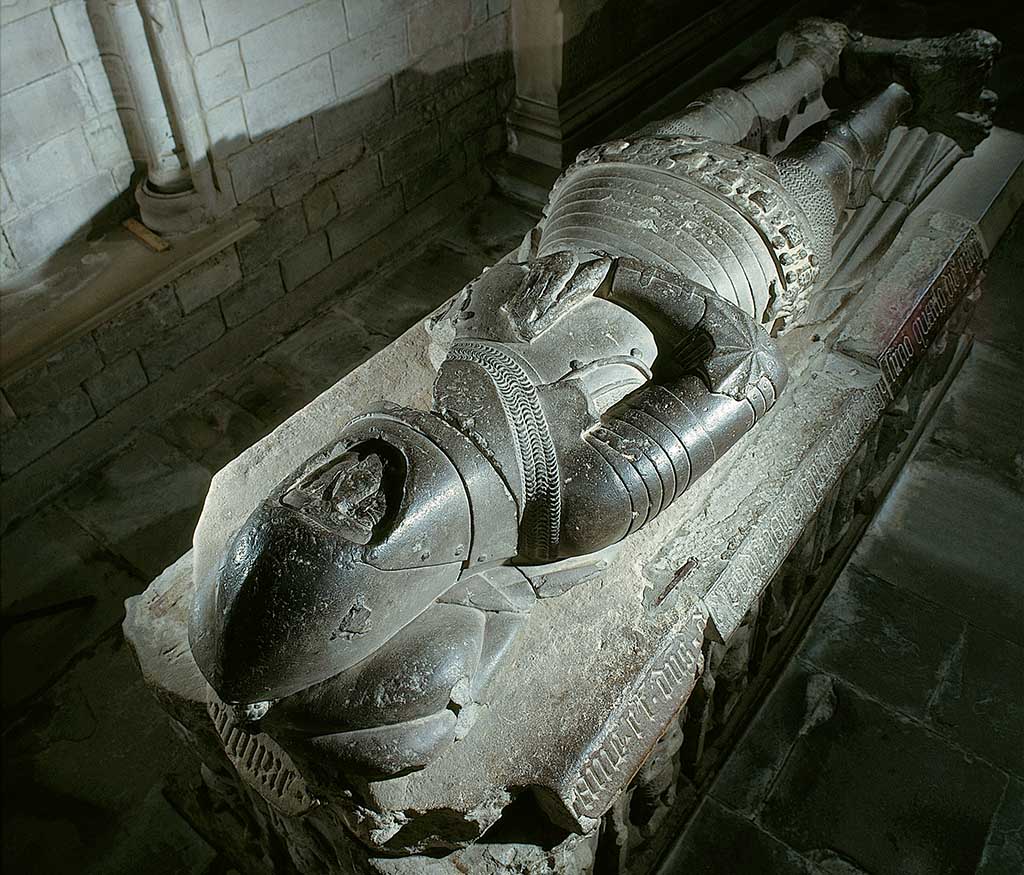The Wolf of Badenoch is one of Scottish history’s most notorious wicked figures. He burned Elgin Cathedral, and was rumoured to have died playing chess with the devil.
But who was the Wolf of Badenoch and how did he end up with the reputation of one of Scotland’s most immoral men?
Who was the Wolf of Badenoch?
The Wolf of Badenoch was part of a powerful and competitive family. He was born around 1345 as Alexander Stewart. He was the 4th son of Robert Stewart and Elizabeth Mure of Rowallan. His great-grandfather was King Robert I, also known as Robert the Bruce.
Robert Stewart came to the throne as King Robert II in 1371, but struggled to control his kingdom. His sons, including Alexander, were constantly vying for power.
Alexander’s elder brother, the Duke of Albany, had his own reputation as a devilish murderer. Albany, dubbed “Scotland’s uncrowned king”, was thought by many to have murdered his own nephew. Dark deeds seemed to surround this family!
Alexander had several lairs: Ruthven Castle, Lochindorb Castle, Garth Castle and likely Dundonald Castle which was rebuilt by his father around 1371. Dundonald Castle was his father’s favoured residence, and where his father died in 1390. Alexander was granted Lochindorb in 1371 as part of the lordship of Badenoch.
Climb to power, lawless pursuits and a loveless marriage
While Alexander already came from a powerful family, he consolidated his power in the north of Scotland with a marriage to Euphemia Ross, countess of Ross, in 1382. This made him one of the greatest landholders in Scotland and through his marriage he became Earl of Buchan.
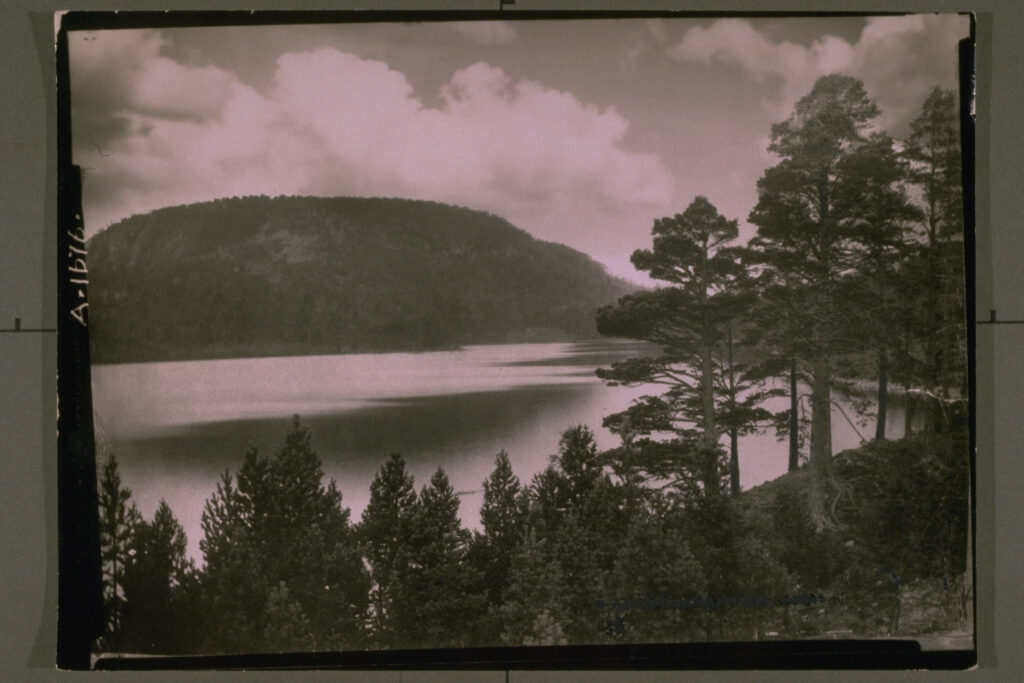
Alexander Stewart (The Wolf of Badenoch) was said to have first held Rothiemurhcus Forest. © Licensed by St Andrews University Library (project 229)
While with great power comes great responsibility, for the Wolf of Badenoch more power meant more lawless pursuits – at least in the eyes of those who opposed him!
He was accused of using warrior groups called caterans to attack local rivals and extort protection money.
One of Alexander’s longstanding disputes was over lands in Badenoch and Strathspey with Alexander Bur, Bishop of Moray (d. 1397). The Bishop of Moray was one of the most powerful church figures in Scotland.
Alexander’s marriage to Euphemia was a childless one and wasn’t to last. Euphemia sued Alexander because he was living away with his mistress Mairead, instead of with her. But Alexander wanted to stay married to keep access to her inheritance. All this intensified his feud with the Church.
The burning of Elgin Cathedral
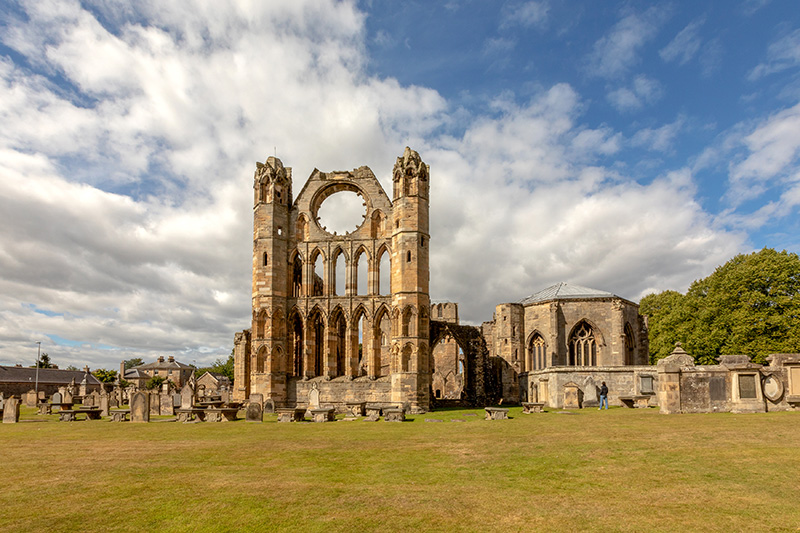
Elgin Cathedral was the principal church of the bishops of Moray.
In May 1390, Alexander commited his boldest and most aggressive act yet. He made his way to Elgin Cathedral with a large number of ‘wyld, wikkit, heland men’. On the way, he sacked the town of Forres and destroyed Pluscarden Abbey.
Next, his men attacked and burnt Elgin Cathedral, the manses of the canons and the parish church of St Giles.
The Register of the Bishopric of Moray recorded the events: ‘and what is more bitterly to be grieved, the noble and beautiful church of Moray, the wonder of the land and ornament of the realm, with all the books, charters and other goods of the land stored therein, were burned’.
Nicknamed ‘The Lantern of the North,’ the cathedral was the principal church of Moray and one of Scotland’s most ambitious and beautiful medieval buildings.
By burning it, Alexander was making a huge statement. As a result of his actions, he was excommunicated.
The cathedral was rebuilt after the his visit, but parts of it do date back to this tempestuous time.
Chess with the devil: a fitting end for the Wolf of Badenoch?
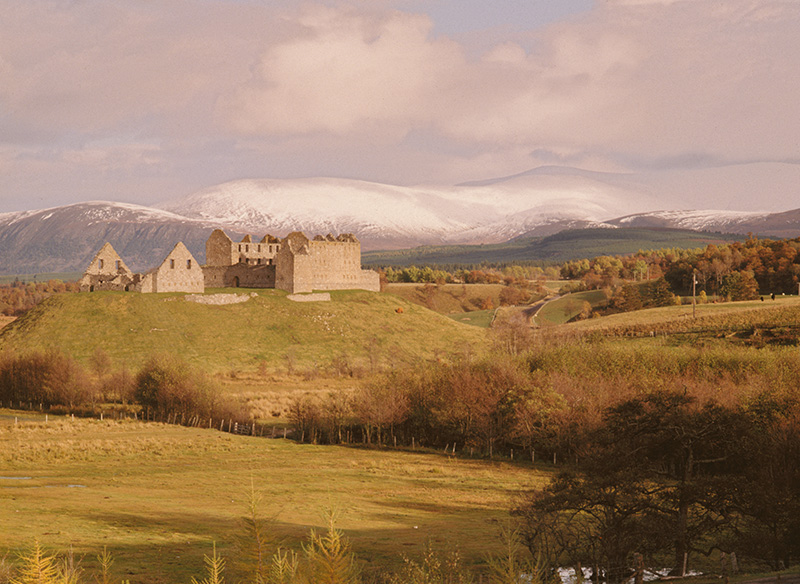
Ruthven Barracks stands on the site of what once was Ruthven Castle, where the Wolf of Badenoch was rumoured to have played chess with the devil.
Legend has it that in 1405, the Wolf of Badenoch had a dramatic and fitting demise. It’s said that, while at Ruthven Castle during a terrible thunderstorm, a visitor dressed in black appeared, challenging Alexander to a game of chess.
By the morning, the mysterious stranger was gone. All the castle servants were dead, as was Alexander. It’s said the hooded figure in black was the devil.
Alexander was buried in Dunkeld Cathedral. His effigy is impressive and well worth a visit. It shows a knight in 15th-century plate armour, hands clasped and feet resting on a lion. Each face of the massive reconstructed sarcophagus is decorated with ‘weepers’; figures of men at arms.
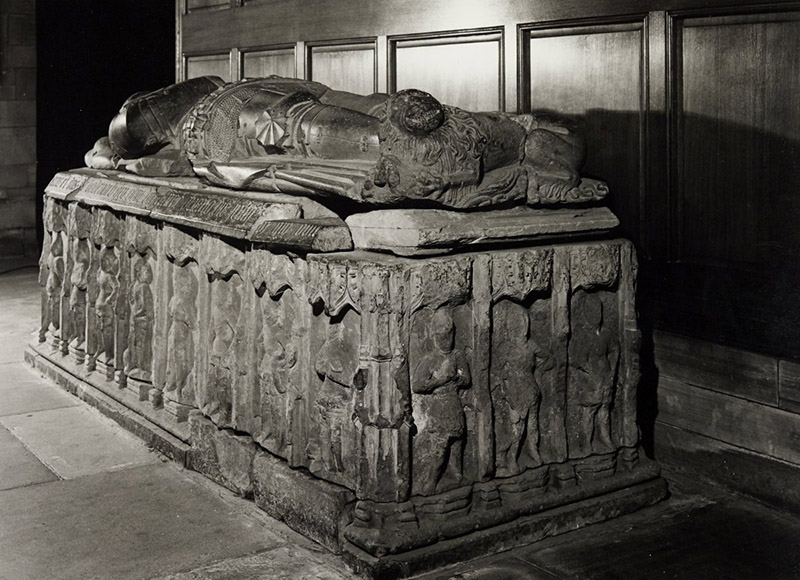
The Wolf of Badenoch’s impressive effigy at Dunkeld Cathedral © Crown Copyright: HES
A true tyrant or somewhat misunderstood in history?
Although the Wolf is one of the most notorious villains in Scottish history, some question whether he was as much of a tyrant as he has been made out to be.
Much of the information we have on Alexander’s activity were written from the perspective of the Church, who would have had their own bias. After all, the Church was one of Alexander’s biggest adversaries.
In contemporary Gaelic society, Alexander was also given the name ‘Alasdair Mòr mac an Rìgh, ‘Great Alexander the king’s son’. Some suggest this may have shown respect for him, but it could also have been to show his power and fearsomeness.
Like many of his medieval contemporaries, we know he used brutal methods to exert power. But is there more to the tale of the wicked Wolf of Badenoch than first meets the eye?
Follow in the footsteps of the Wolf of Badenoch with a visit to Elgin Cathedral, Dundonald Castle, Dunkeld Cathedral or Ruthven Barracks. Explore more blogs on Scottish history, including hidden histories.

